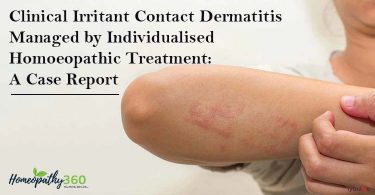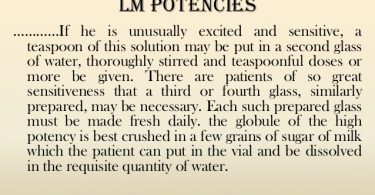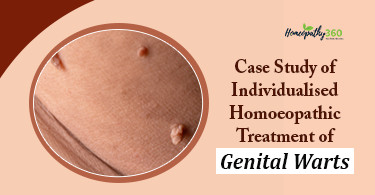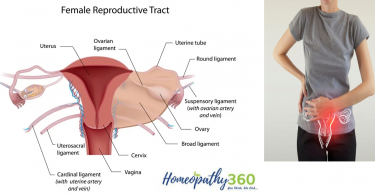 Europe observes a 4-fold increase in measles cases in 2017 compared to previous year
Europe observes a 4-fold increase in measles cases in 2017 compared to previous year
“Every new person affected by measles in Europe reminds us that unvaccinated children and adults, regardless of where they live, remain at risk of catching the disease and spreading it to others who may not be able to get vaccinated. Over 20 000 cases of measles, and 35 lives lost in 2017 alone, are a tragedy we simply cannot accept,” says Dr Zsuzsanna Jakab, WHO Regional Director for Europe.
“Elimination of both measles and rubella is a priority goal that all European countries have firmly committed to, and a cornerstone for achieving the health-related Sustainable Development Goals,” Dr Jakab continues. “This short-term setback cannot deter us from our commitment to be the generation that frees our children from these diseases once and for all.”
Large measles outbreaks affect 1 in 4 European countries
The surge in measles cases in 2017 included large outbreaks (100 or more cases) in 15 of the 53 countries in the Region. The highest numbers of affected people were reported in Romania (5562), Italy (5006) and Ukraine (4767). These countries have experienced a range of challenges in recent years, such as declines in overall routine immunization coverage, consistently low coverage among some marginalized groups, interruptions in vaccine supply or underperforming disease surveillance systems.
Greece (967), Germany (927), Serbia (702), Tajikistan (649), France (520), the Russian Federation (408), Belgium (369), the United Kingdom (282), Bulgaria (167), Spain (152), Czechia (146) and Switzerland (105) also experienced large outbreaks, many of which were in decline by the close of 2017.
Actions to stop the current outbreaks and prevent new ones are taking place on various fronts. They include raising public awareness, immunizing health-care professionals and other adults at particular risk, addressing challenges in access, and improving supply planning and logistics.
Progress continues despite upturn in cases
The process of verifying measles and rubella elimination by country, introduced in 2012, has moved the Region closer to its measles and rubella elimination goal. Each year, the independent Regional Verification Commission (RVC) reviews country data and immunization activities and recommends actions to resolve the specific challenges faced by countries. As of the end of 2016, 42 of the 53 countries in the Region had interrupted endemic measles transmission. However, outbreaks will continue to occur until every susceptible child and adult is protected.
Ministers of health of 11 countries met on 20 February 2018 to discuss working together to achieve the goals set out in the European Vaccine Action Plan (EVAP) by 2020, including measles and rubella elimination. A Region-wide midterm EVAP progress report will be presented at the 68th session of the WHO Regional Committee for Europe in September 2018.
Symptoms
The first symptoms of the infection are usually a hacking cough, runny nose, high fever, and red eyes that can be very sensitive to light. Characteristic markers of measles are Koplik’s spots, small red spots with blue-white centers that appear inside the mouth. The rash first appears on the face and then moves downwards and from the face downward.
Suggestive Homoeopathic Intervention
Homoeopathic remedies has been found clinically effective in curing Measles and the complications can be avoided by judicious use.
The leading remedy is PULSATILLA. Fever is not too high and the symptoms are not too painful. Patient will have profuse tearing from the eyes and a nasal discharge. They also have a dry cough at night which becomes loose in the daytime. Clinging and weepy; warm rooms and becoming warm aggravate; open air ameliorates; itchy skin/eruptions are worse for heat; eruptions itching and worse for warmth with white or yellow discharge.
The other useful remedies are:
Euphrasia: Profuse fluent coryza in morning with violent cough and abundant expectoration. < warm wind. Profuse expectoration of mucus by voluntary hawking < on rising in morning. Margin of lids of eye red, swollen and burning with profuse acrid lachrymation.
Apis: Eruptions are painful, burning, hot, stinging with swelling of skin. Thirstless. Itching better for cold applications and worse for heat, especially heat of bed; if rash is slow to develop or is suppressed; better in general for fresh air, better with cold drinks.
Bryonia: Rash/eruptions slow to come out or suppressed; warmth of the bed ameliorates; dryness and dislike of movement; headache has pain behind the eyeballs, bursting and violent, worse for moving; better for cold compresses and pressure; thirsty for large quantities of water all at once; motion aggravates; grumpy bear remedy – want to be left alone; throbbing/pulsating pains; dryness throughout all mucous membranes.





